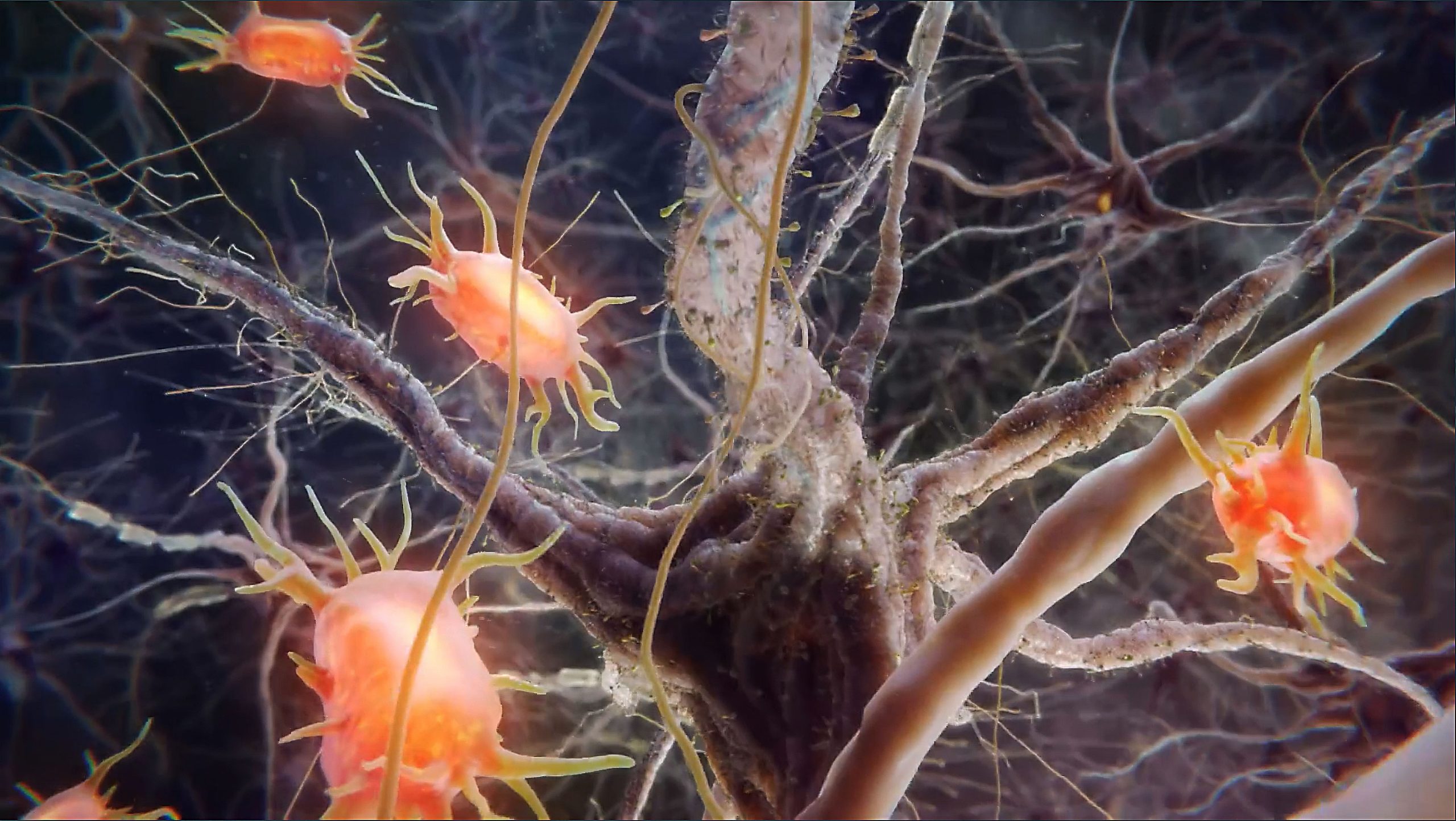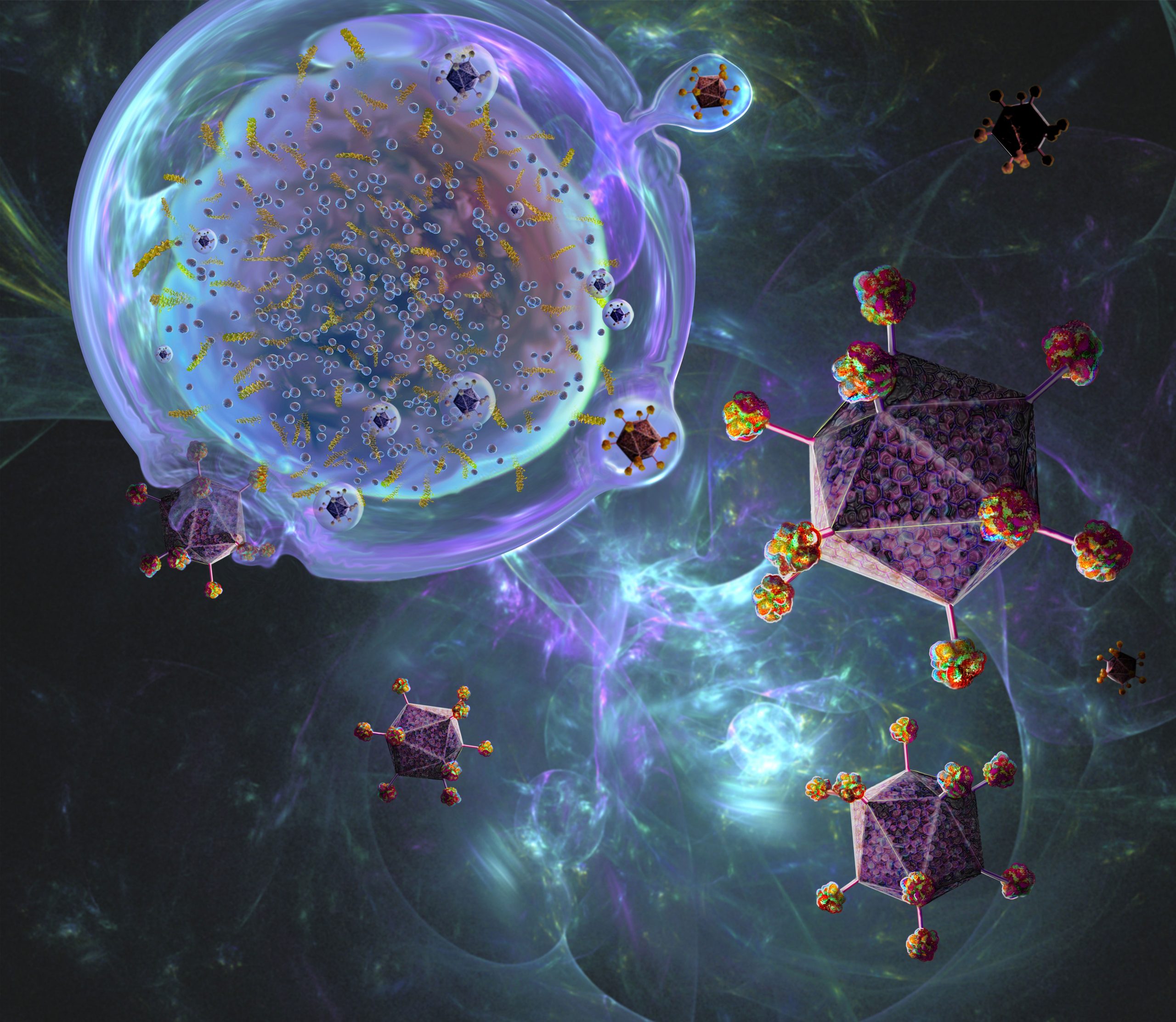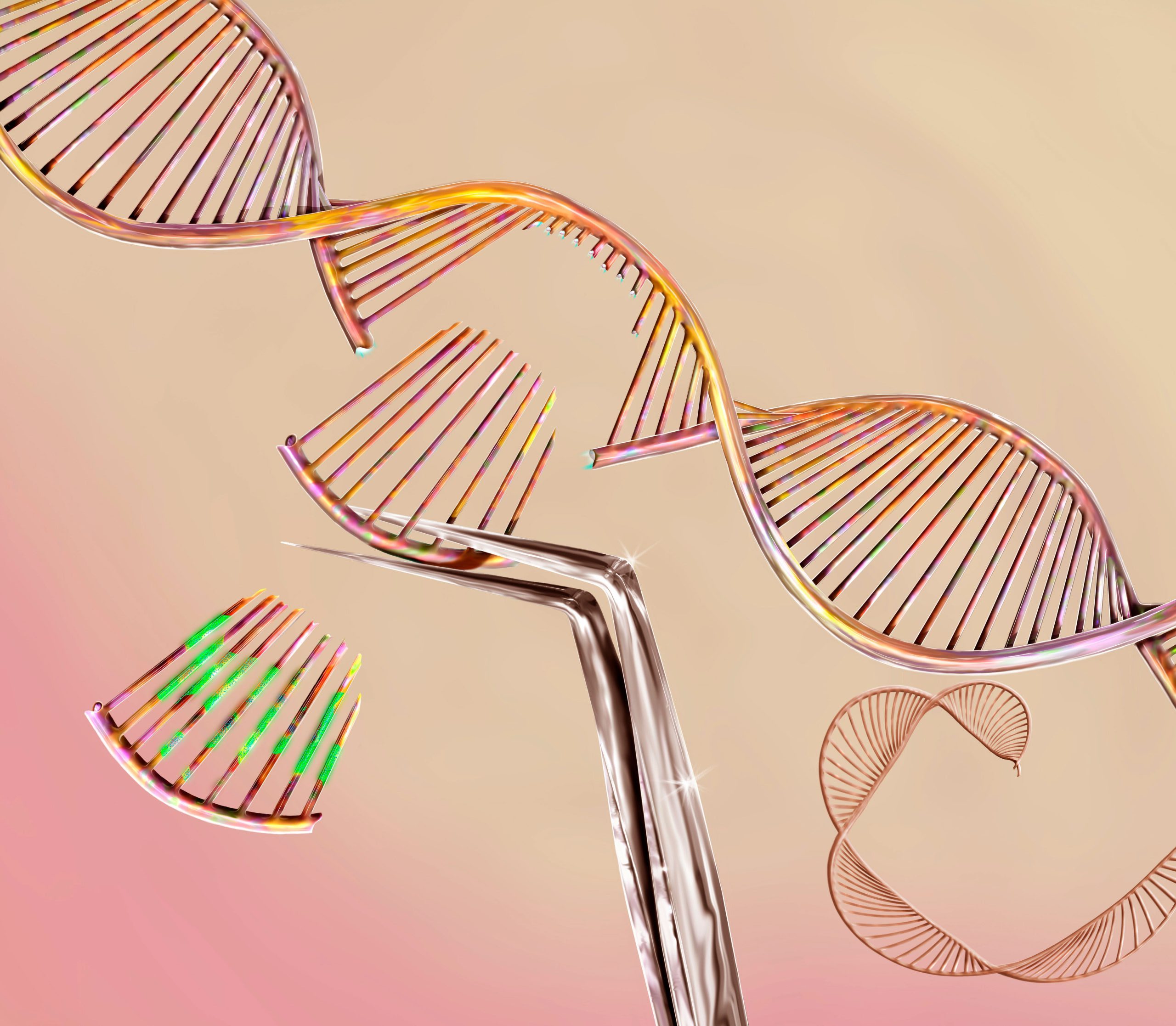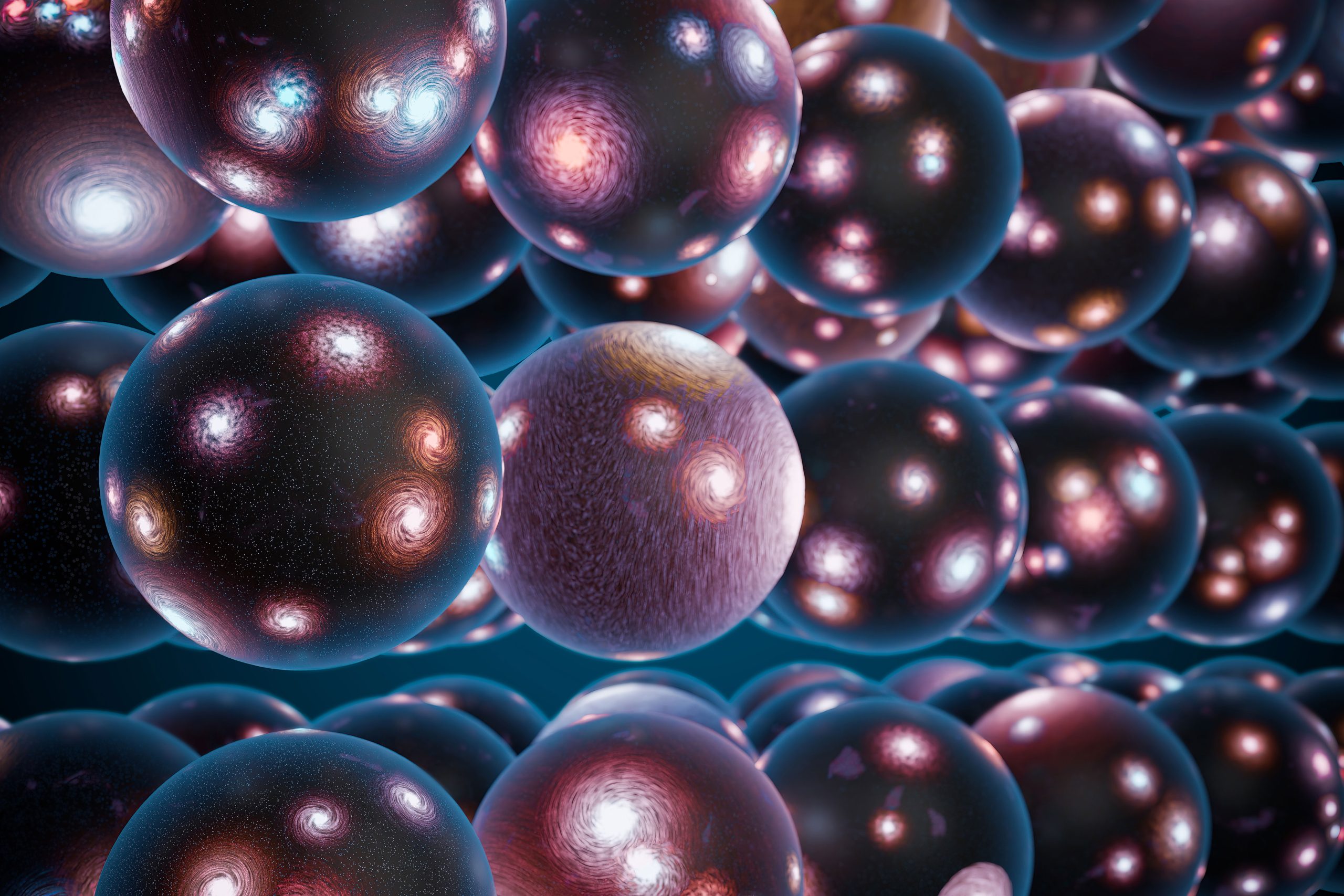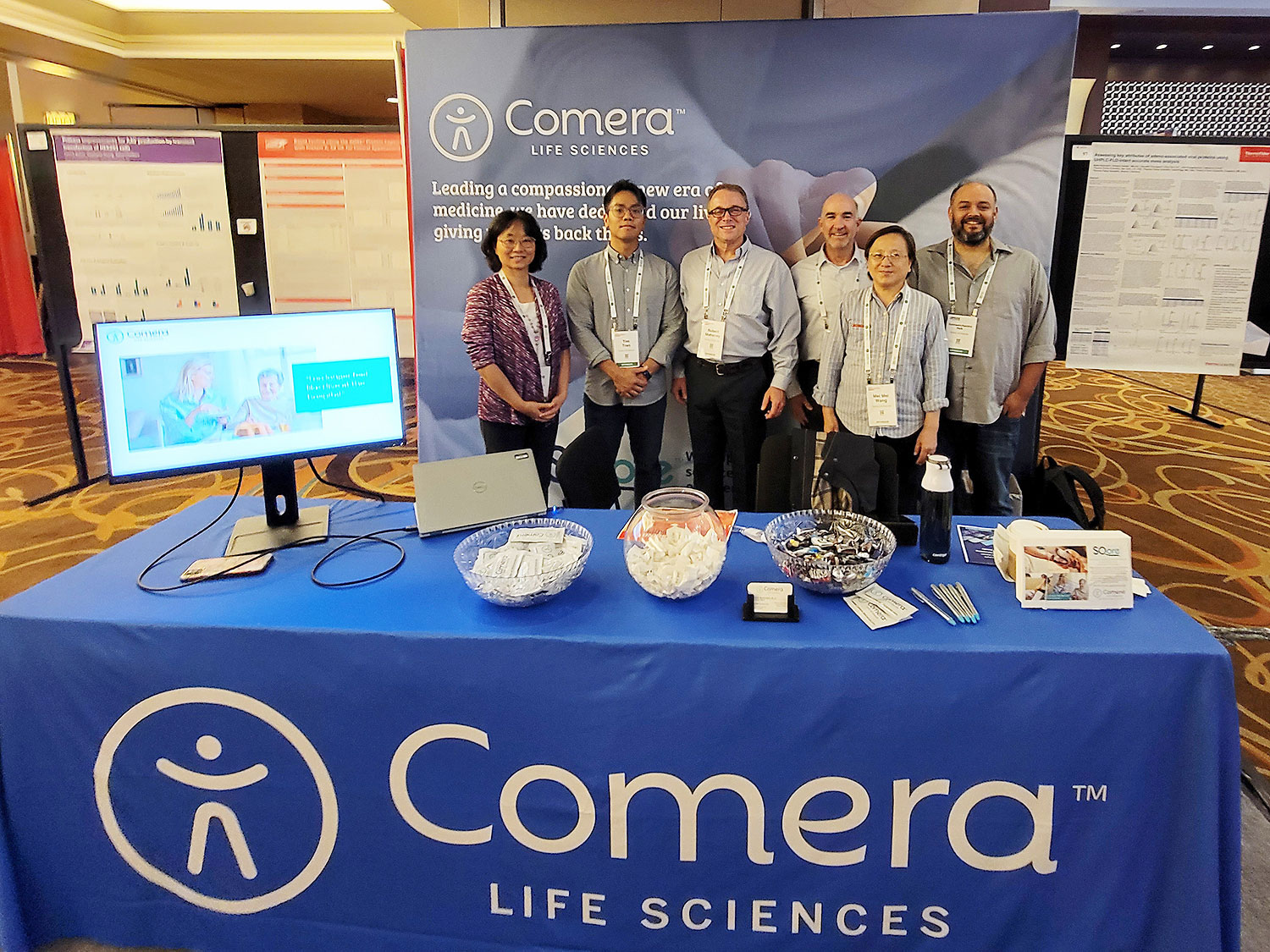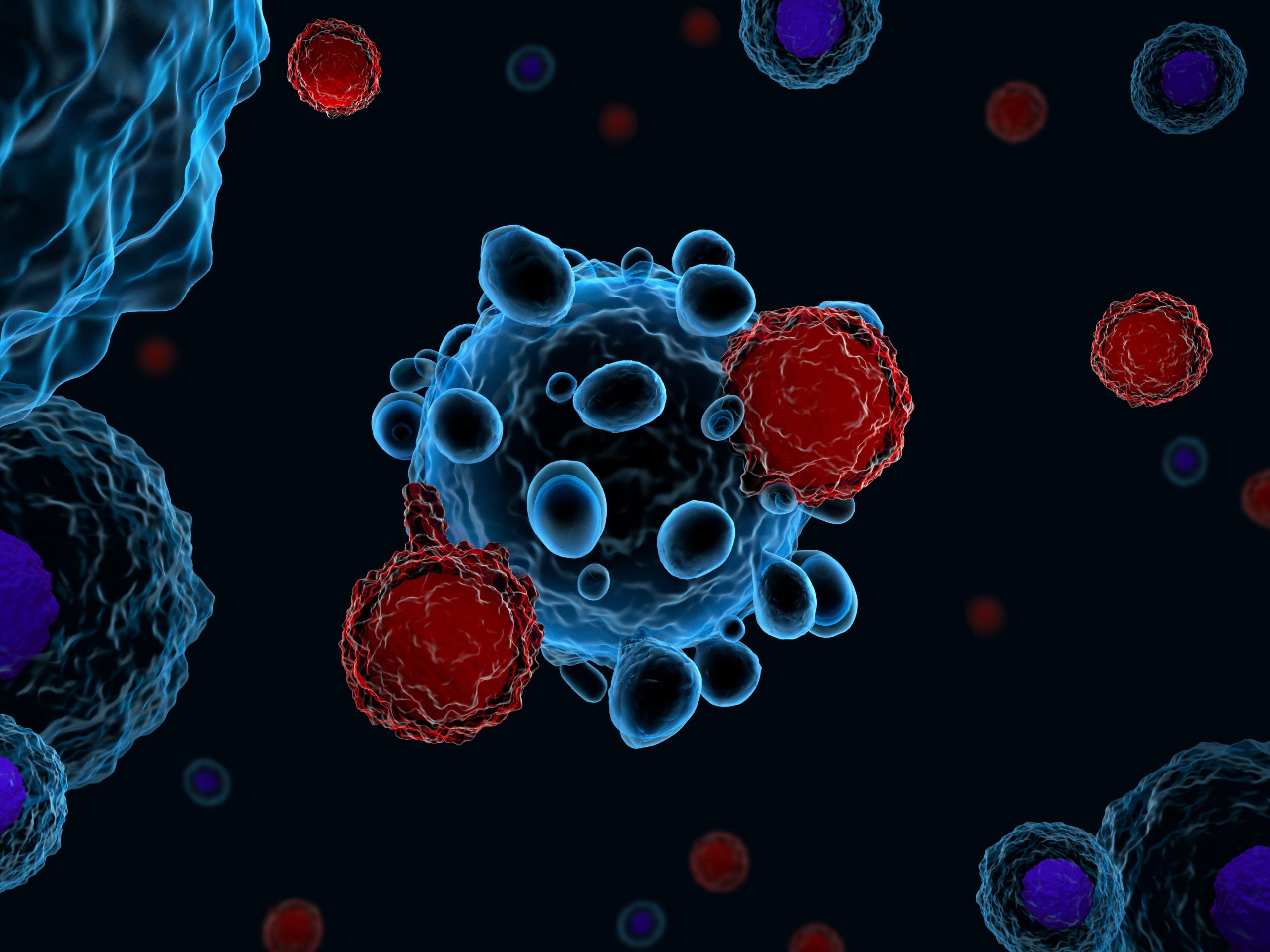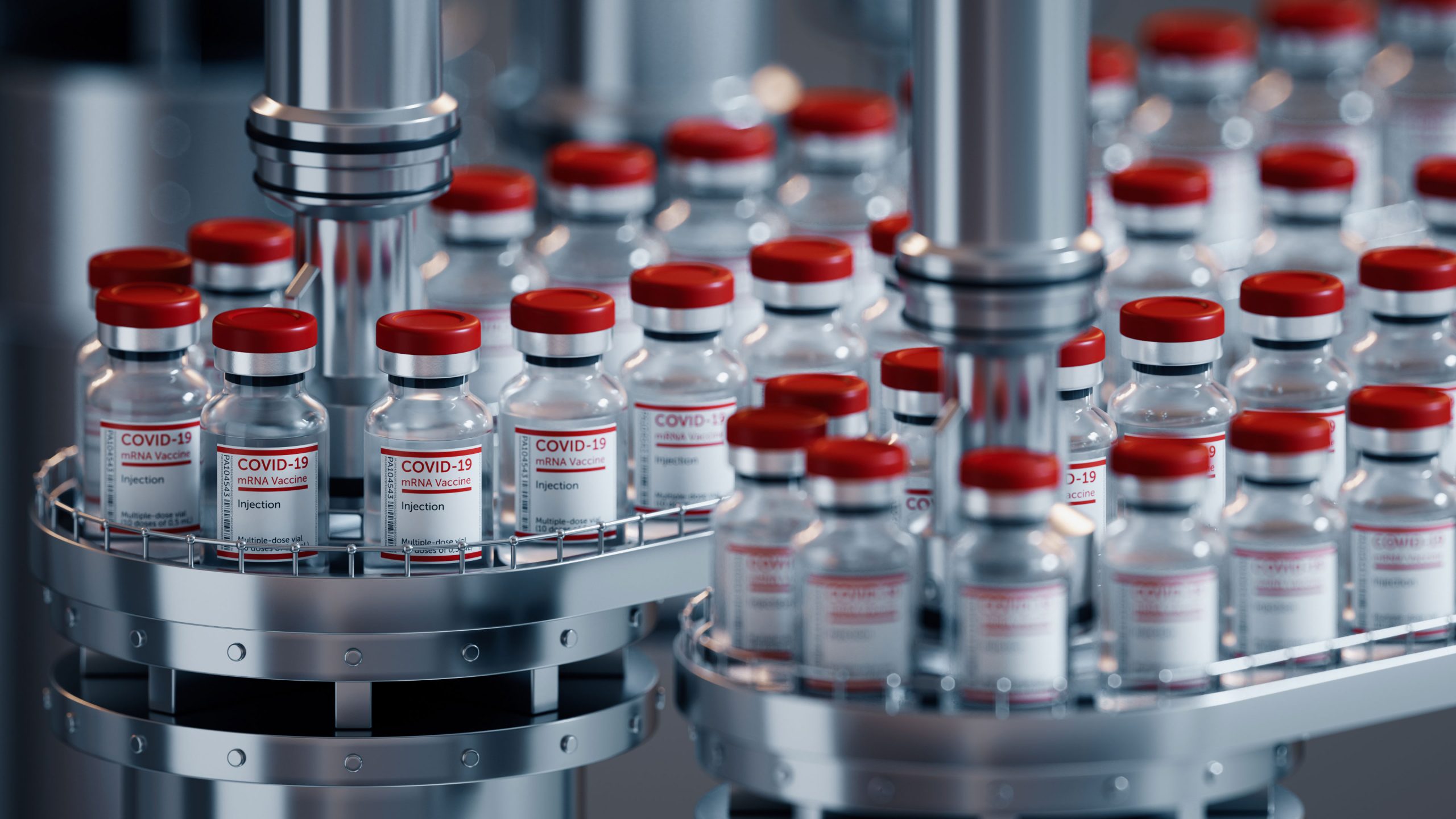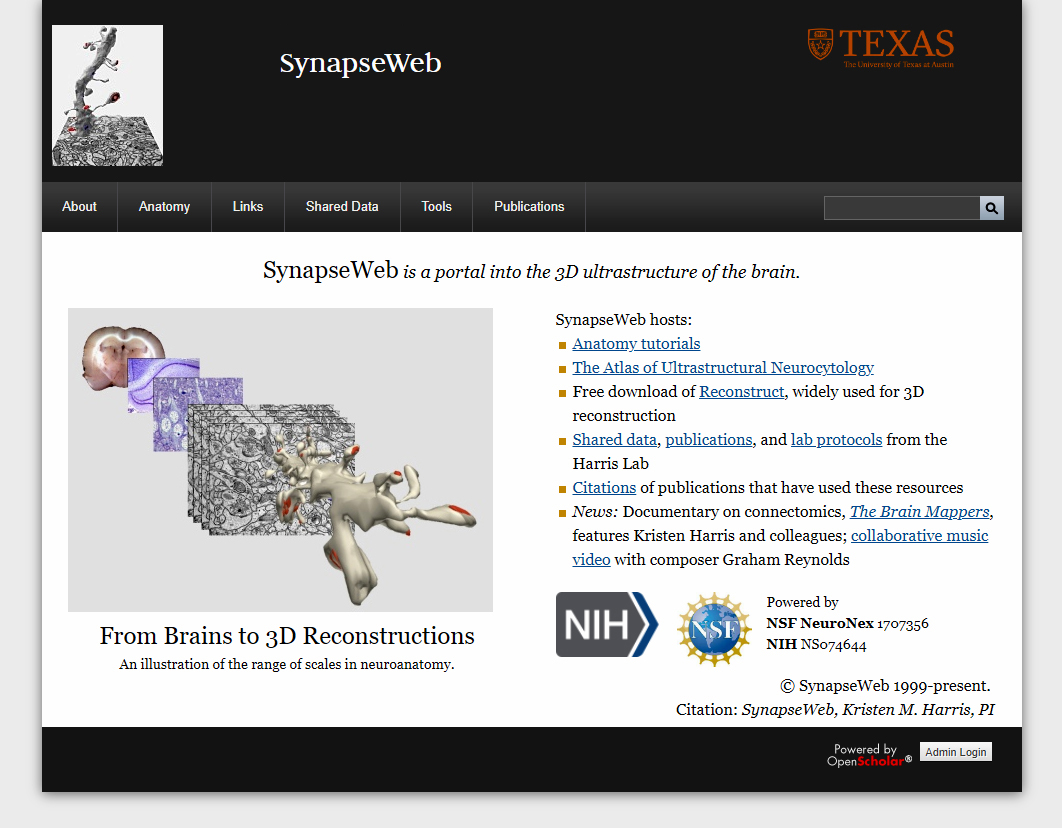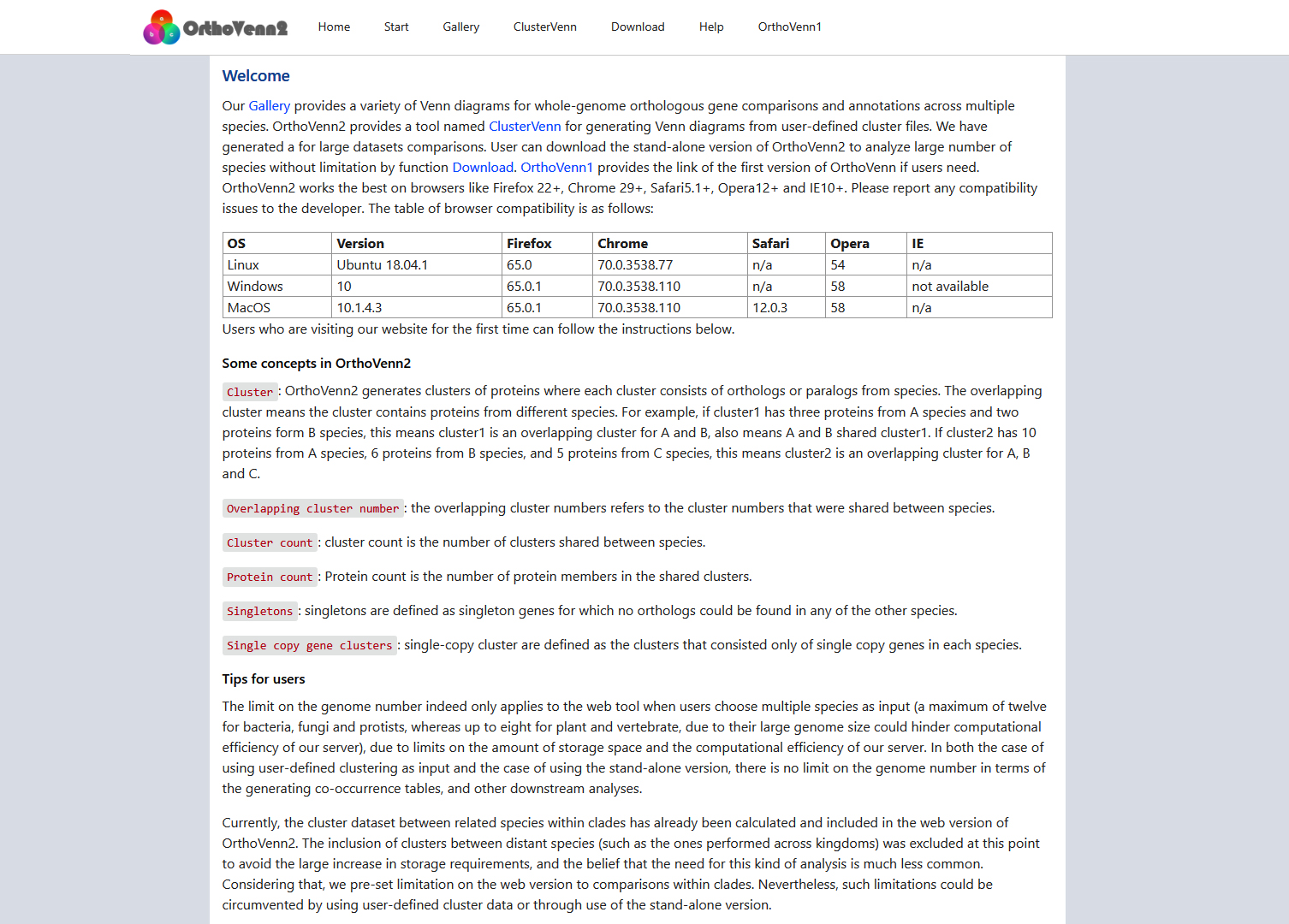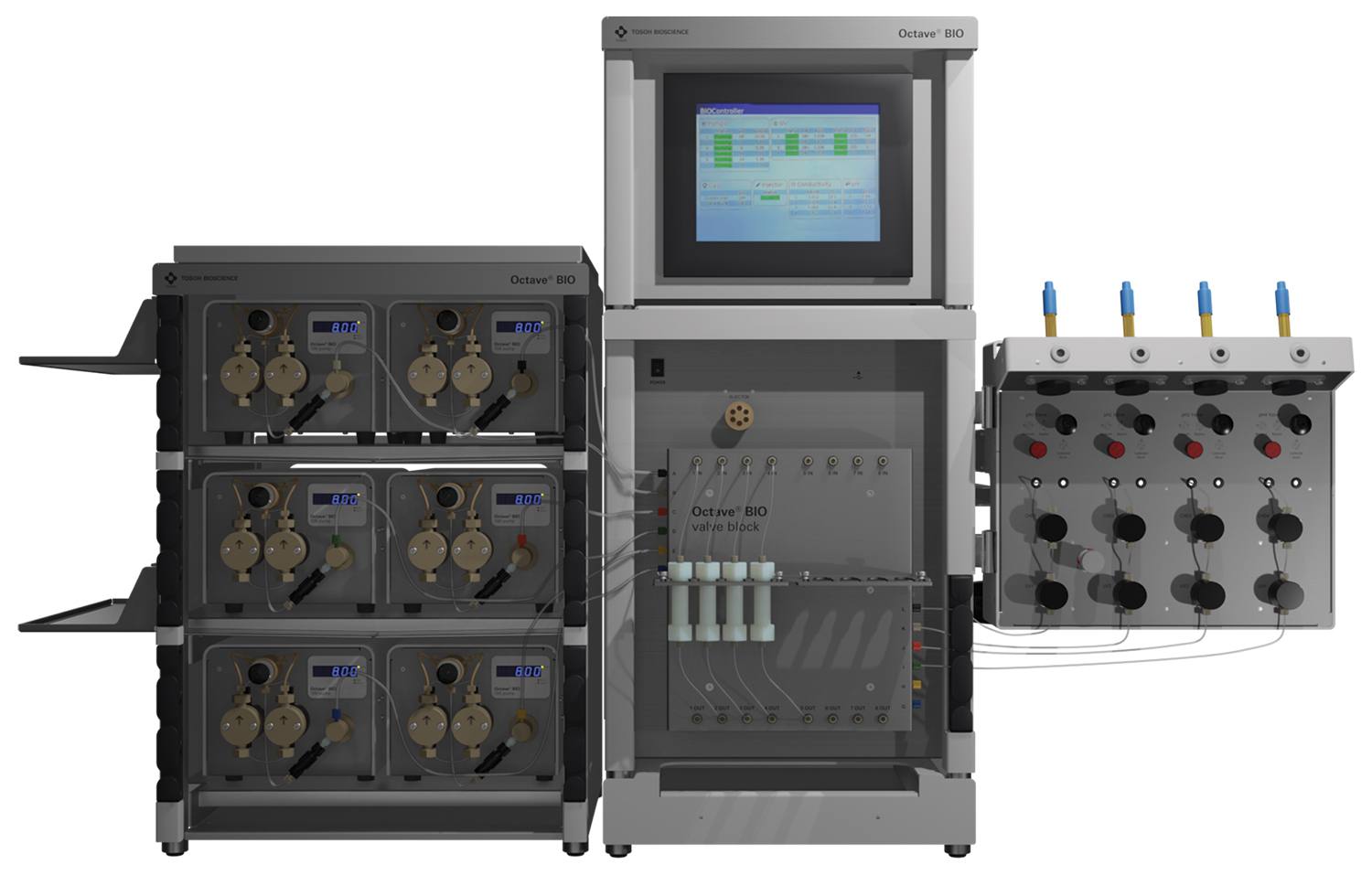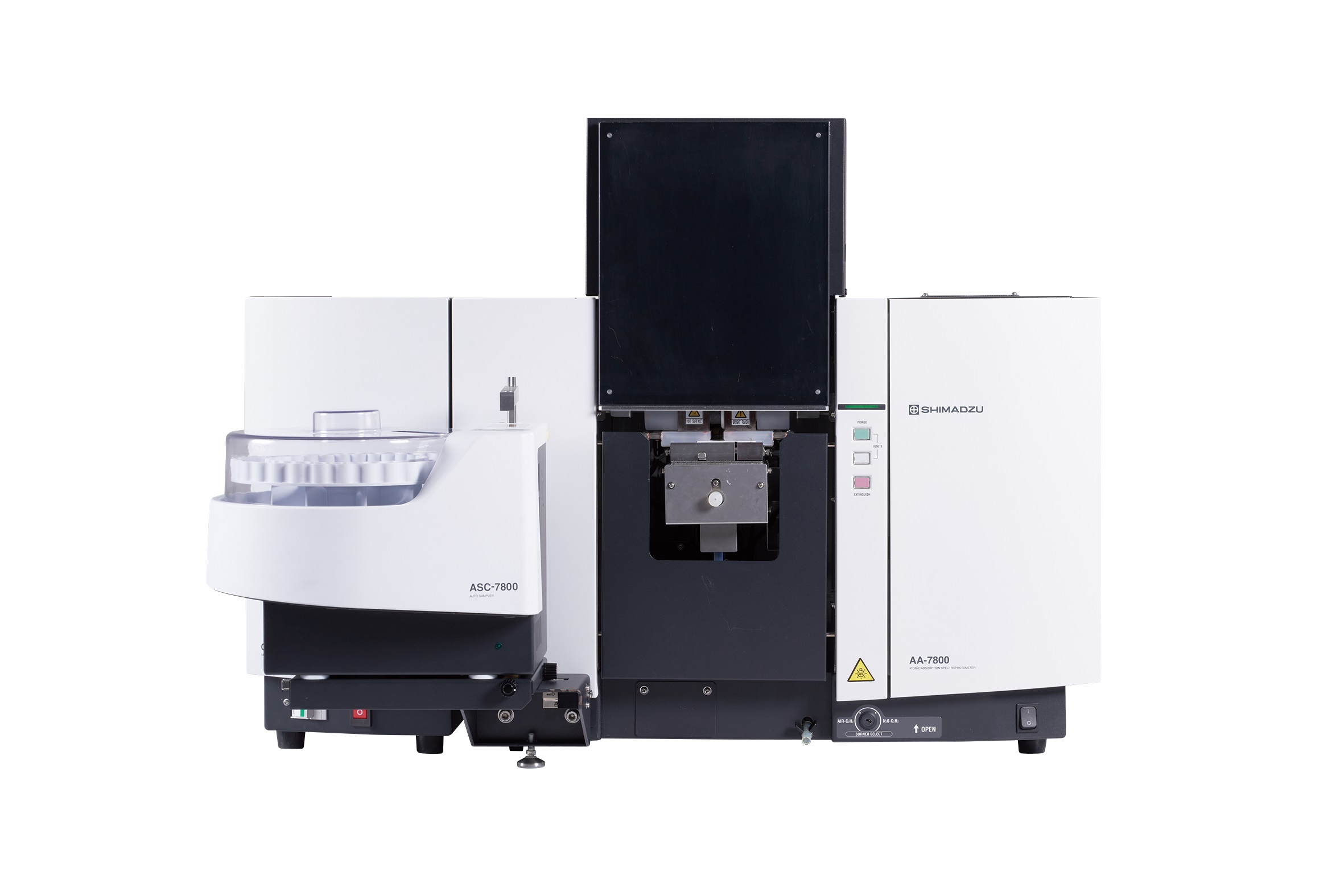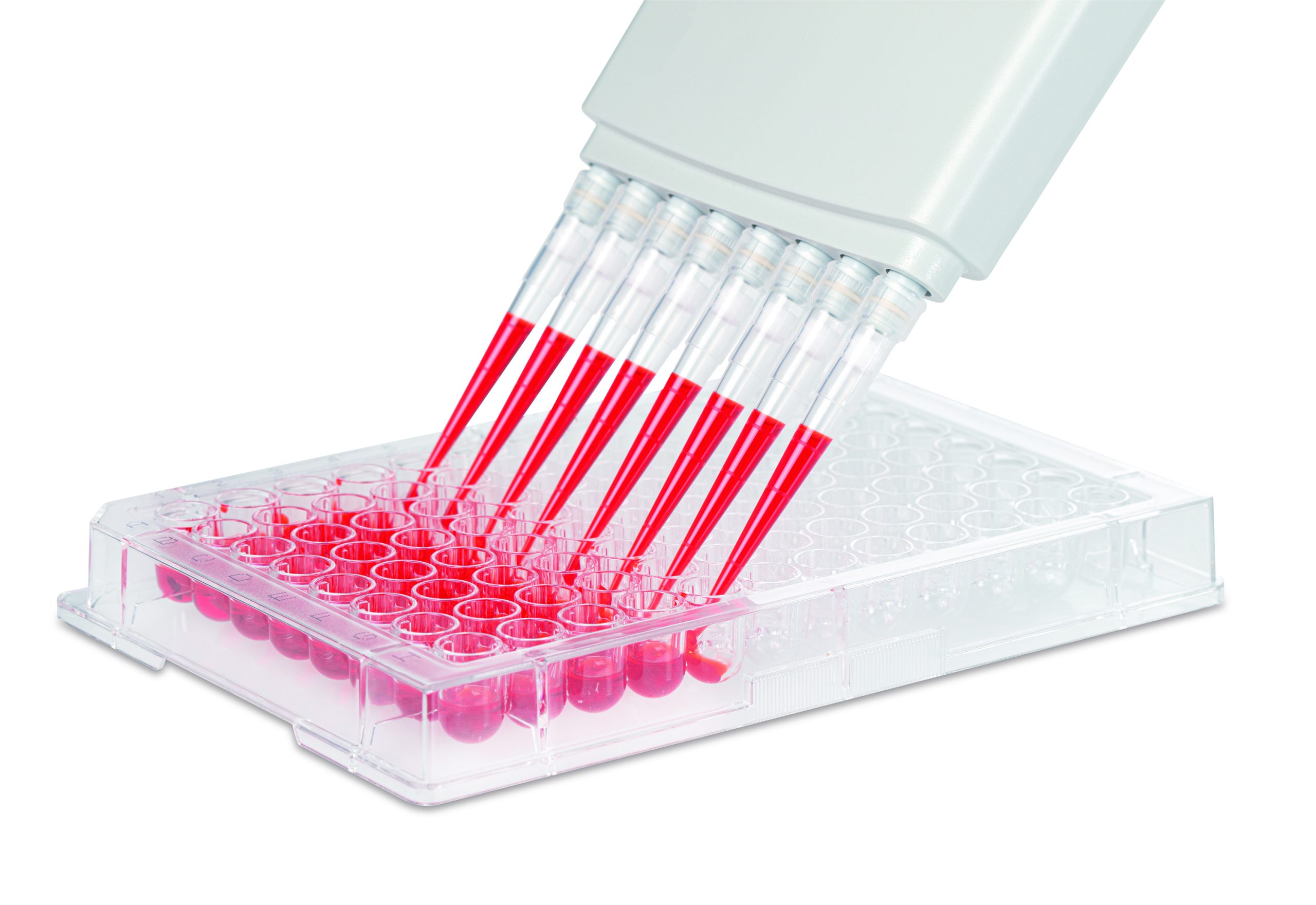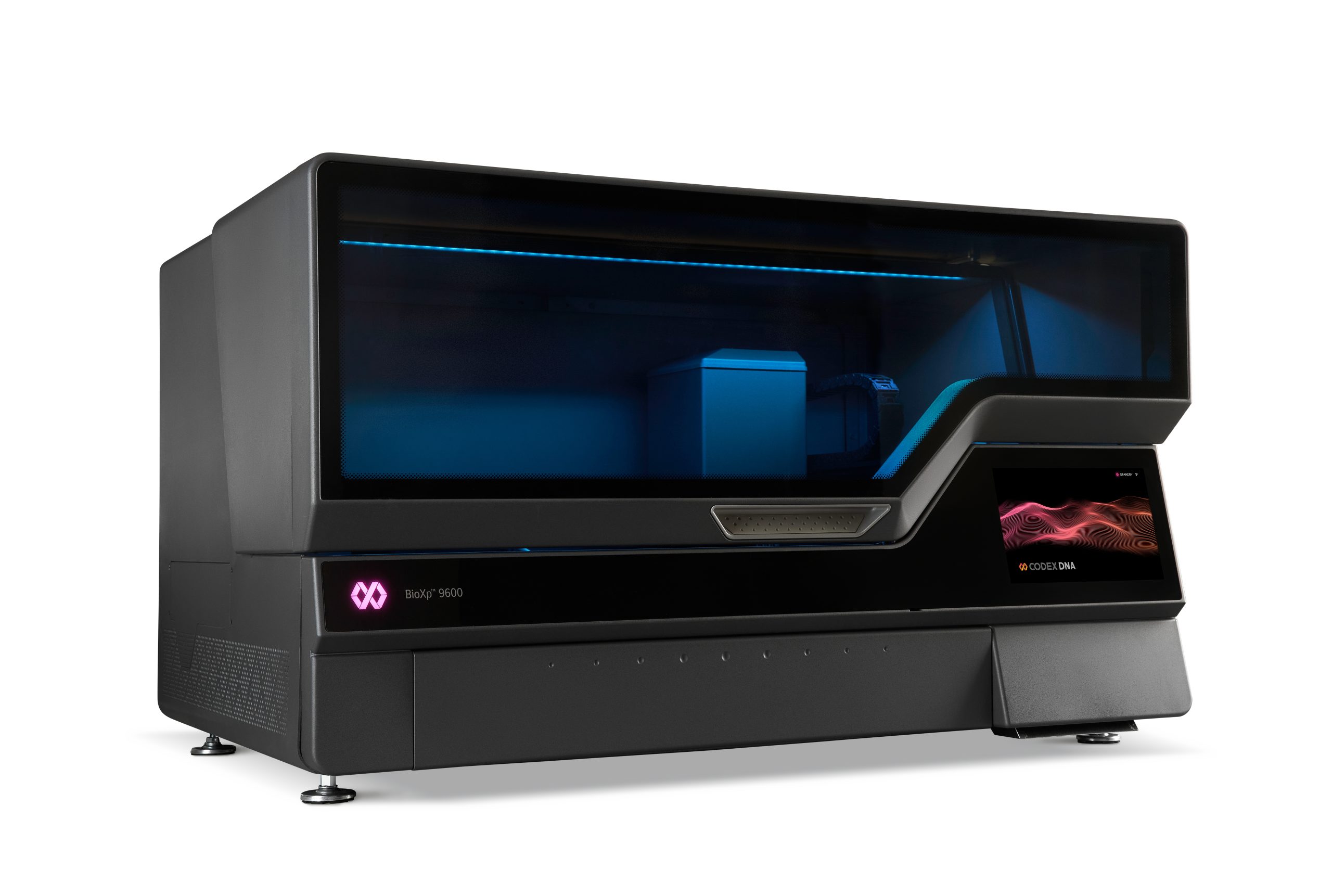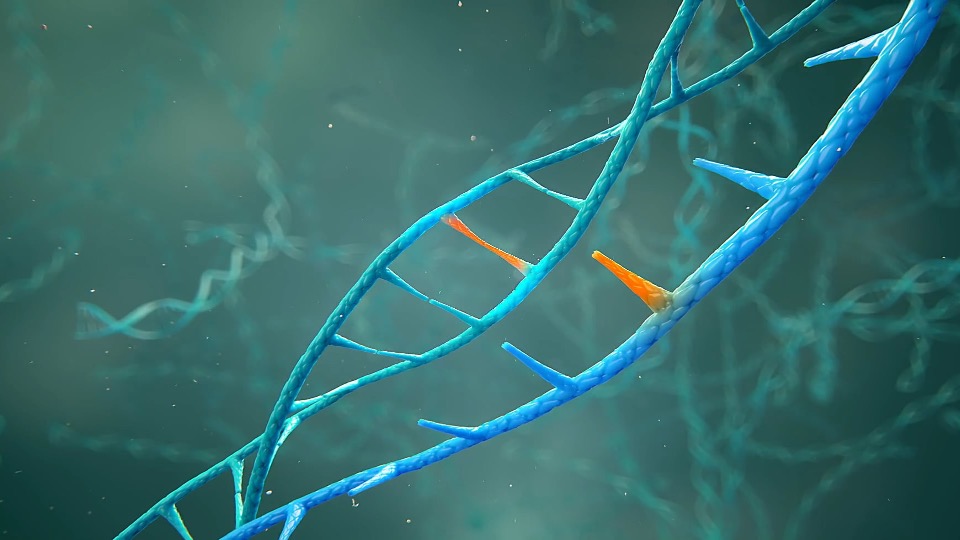Volume 42, Issue No. 11, November 2022
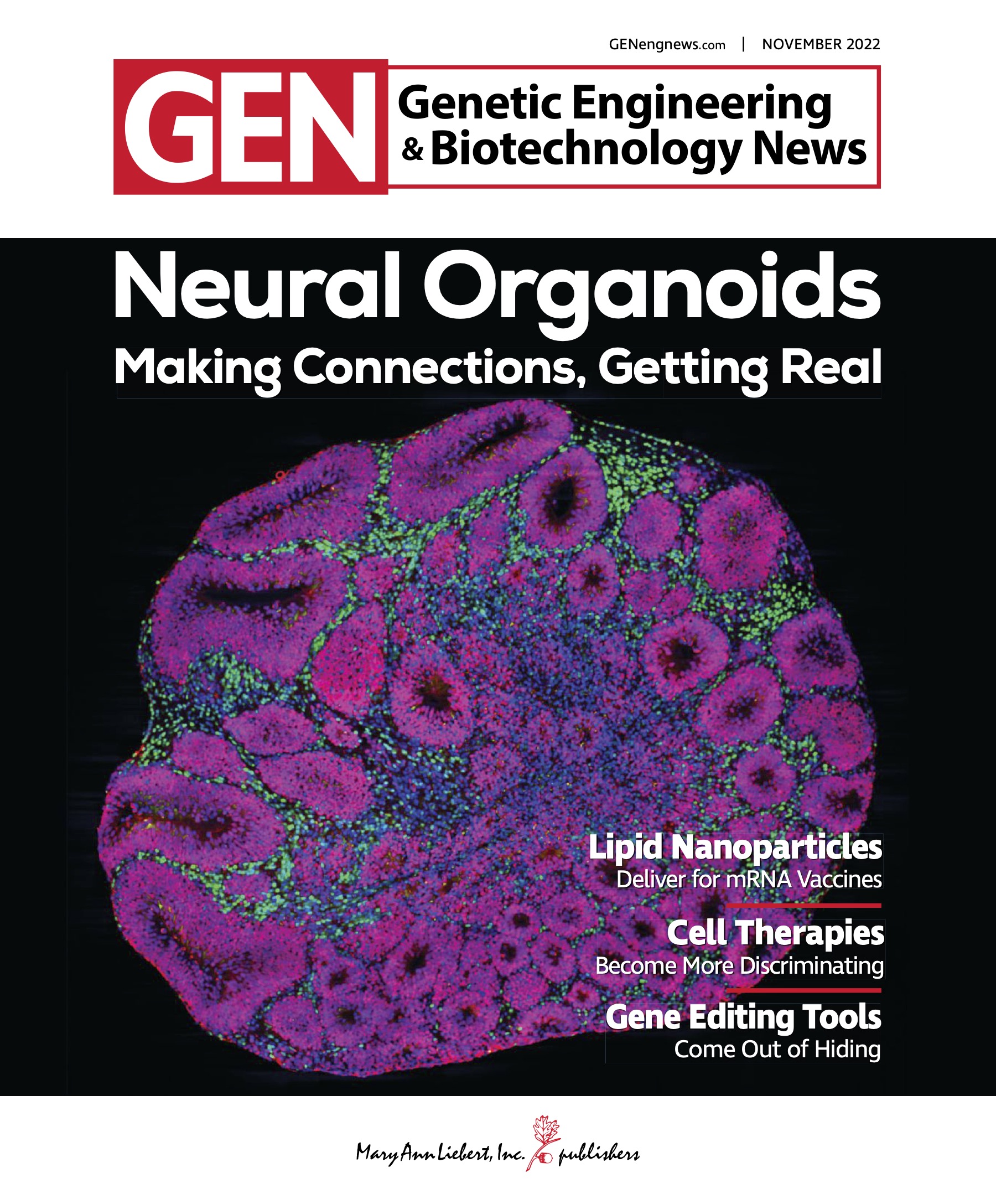
Nowadays, the most interesting scientific pursuits face a common challenge: the need to grapple with innumerable contingencies. In neuroscience, these contingencies are neurons. Their numbers are so great, their connections are so varied, and their behaviors are so delicately balanced that we may never truly “know” how they all work together—especially since physical access to living human brains is, well, limited. What to do? Well, we can resort to using models. Currently, the most advanced models of the brain are digital representations that rely on artificial intelligence. But other, more physical representations are becoming possible. These are neural organoids. No mere lumps of prototissue, neural organoids incorporate cells of distinct types that form multicellular structures and interact in realistic ways, expanding opportunities for scientists to study developmental processes, expose disease mechanisms, and evaluate new therapies. To learn more about these opportunities, read this month’s GEN, which also addresses “contingencies” such as lipids, nucleases, immune interactions, and bioprocessing conditions.
Browse the print magazine as a flipbook


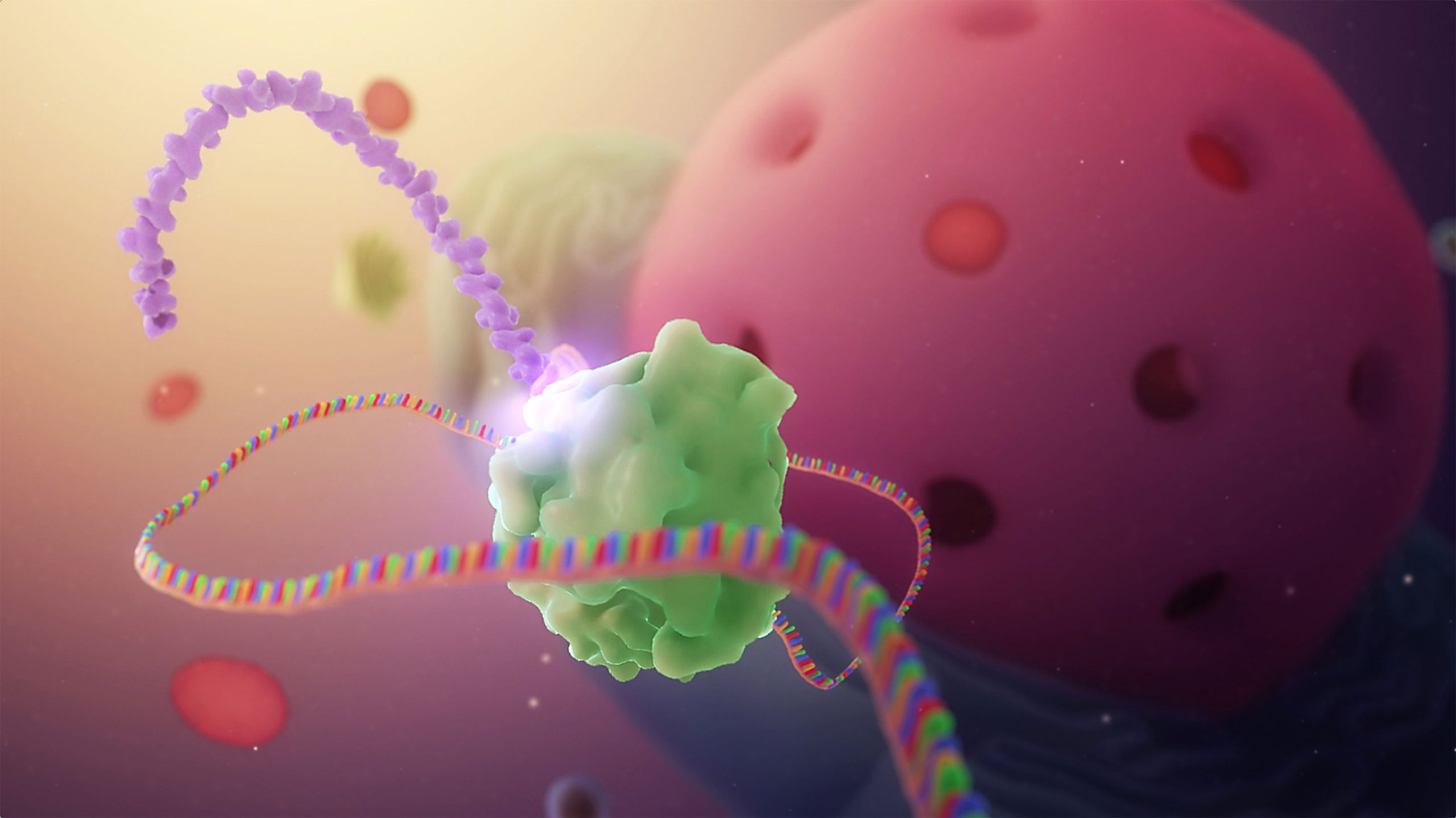
![Measures of familiar lipids and lipid-containing nanostructures already inform healthcare. For example, high levels of low-density lipoprotein, low levels of high-density lipoprotein, and high levels of triglyceride are among the most common risk factors for heart disease and stroke. Yet comprehensive lipid surveys have been impractical, frustrating researchers interested in finding subtle (but important) connections between the lipidome and health. Fortunately, technologies such as liquid chromatography–mass spectrometry are beginning to expose the lipidome to close study. [JUAN GAERTNER / Science Photo Library / Getty Images]](https://www.genengnews.com/wp-content/uploads/2022/10/TL_Agilent-GettyImages-685022637-1-scaled.jpg)
